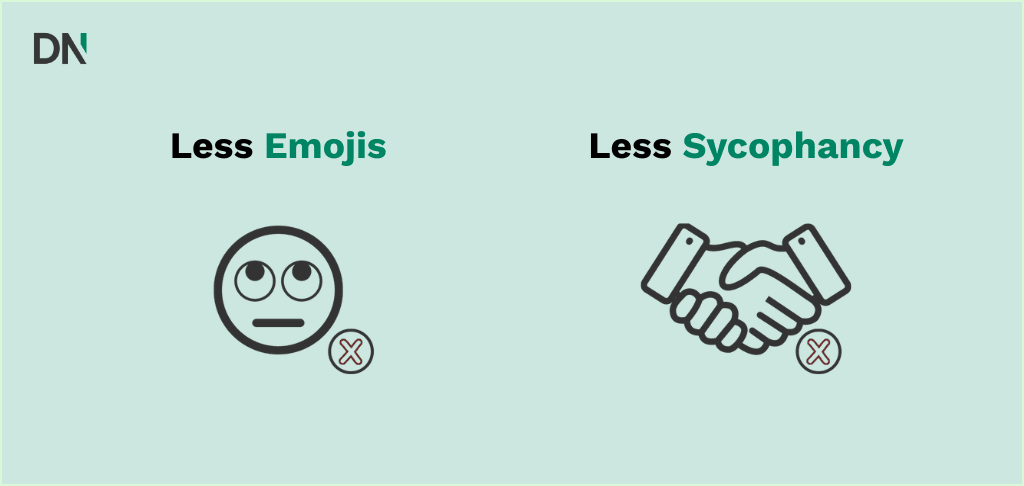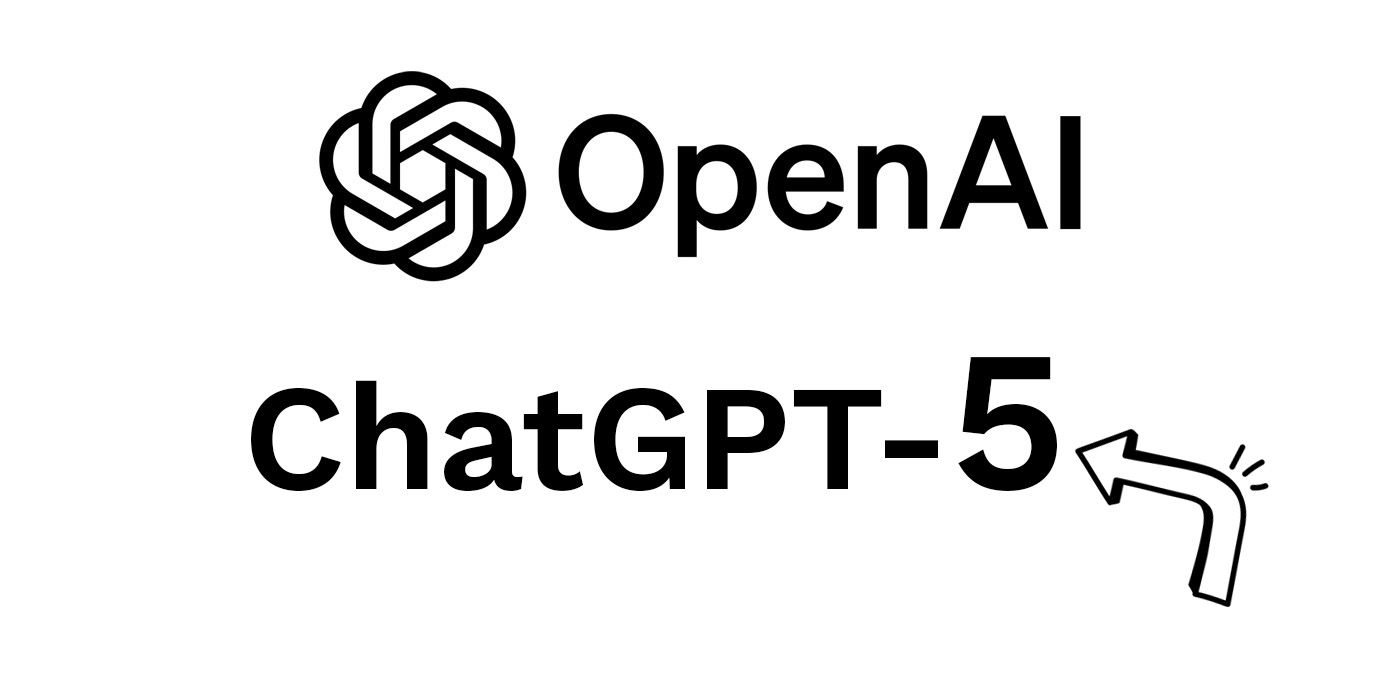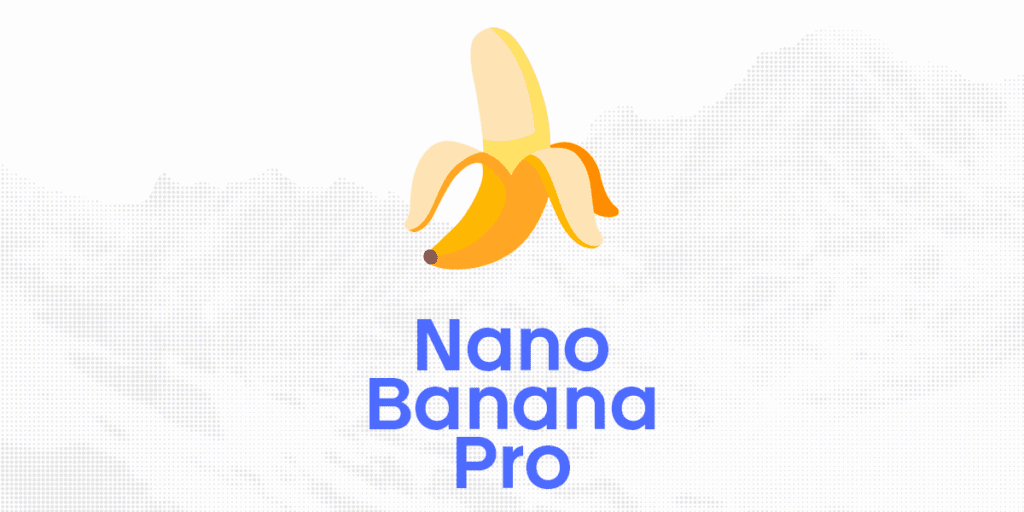July 7 2025 – OpenAI has officially began the release of GPT-5, positioning it as the company’s most advanced AI system to date. The new model represents yet another leap forward in artificial intelligence, introducing built-in reasoning capabilities and achieving state-of-the-art performance across multiple domains including coding, mathematics, writing, health, and visual perception.
Unified system architecture
GPT-5 introduces a groundbreaking unified system that combines three distinct components: a smart, efficient model for most queries, a deeper reasoning model (GPT-5 thinking) for complex problems, and a real-time router that intelligently decides which approach to use based on conversation complexity and user intent. This architecture allows the system to respond quickly to simple queries while dedicating additional computational resources to more challenging tasks when necessary.
The real-time router continuously learns from user behavior, including when users manually switch between models, response preference rates, and measured correctness. Once usage limits are reached, miniaturized versions of each model handle remaining queries, ensuring continuous availability for all users.
Performance across key domains
Coding with GPT-5
GPT-5 demonstrates substantial improvements in complex front-end generation and debugging large repositories. The model can create responsive websites, applications, and games from single prompts, showing enhanced understanding of design principles including spacing, typography, and visual aesthetics. Early testers have noted significant improvements in the model’s design sensibilities compared to previous versions.
Writing with GPT-5
The new model serves as a more sophisticated writing collaborator, capable of handling structural complexities like unrhymed iambic pentameter and free verse while maintaining natural flow. GPT-5 shows marked improvement in everyday writing tasks including drafting reports, emails, and memos, with better literary depth and rhythm than its predecessors.
Health information by GPT-5
GPT-5 achieves the highest scores on HealthBench, an evaluation framework based on realistic medical scenarios and physician-defined criteria. The model acts more like an active thought partner, proactively identifying potential health concerns and asking clarifying questions to provide more helpful responses. It adapts to users’ context, knowledge level, and geography while maintaining that it does not replace professional medical advice.
Benchmark performance achievements
GPT-5 sets new state-of-the-art records across multiple academic benchmarks:
- Mathematics: 94.6% on AIME 2025 without tools
- Real-world coding: 74.9% on SWE-bench Verified, 88% on Aider Polyglot
- Multimodal understanding: 84.2% on MMMU
- Health: 46.2% on HealthBench Hard
- Graduate-level science: 88.4% on GPQA with GPT-5 pro’s extended reasoning
Significant reliability improvements
Reduced hallucinations
OpenAI reports that GPT-5 shows approximately 45% fewer factual errors than GPT-4o when web search is enabled. When using the thinking mode, GPT-5 demonstrates roughly 80% fewer factual errors than OpenAI o3, marking a substantial improvement in factual accuracy.
Enhanced honesty
The model demonstrates improved transparency about its capabilities and limitations. In tests where images were removed from multimodal prompts, GPT-5 gave confident answers about non-existent images only 9% of the time, compared to 86.7% for OpenAI o3. OpenAI reduced deception rates from 4.8% for o3 to 2.1% for GPT-5 reasoning responses across real production traffic.
Advanced safety measures
OpenAI has implemented a new “safe completions” training approach, moving beyond simple refusal-based safety to provide nuanced, helpful responses while maintaining safety boundaries. The company conducted 5,000 hours of red-teaming with safety partners and treats GPT-5 thinking as having High capability in biological and chemical domains, implementing comprehensive safeguards accordingly.
Reduced sycophancy and improved interaction style
GPT-5 addresses previous concerns about overly agreeable behavior, reducing sycophantic responses from 14.5% to less than 6% in targeted evaluations. The model uses fewer unnecessary emojis and adopts a more natural, conversational tone that feels “less like talking to AI and more like chatting with a helpful friend with PhD-level intelligence.”

New customization options
The release includes a research preview of four preset personalities (Cynic, Robot, Listener, and Nerd) that allow users to customize how ChatGPT interacts without writing custom prompts. These personalities are opt-in, adjustable in settings, and designed to match different communication styles while maintaining reduced sycophancy standards.
GPT-5 pro for complex tasks
For the most demanding applications, OpenAI is also releasing GPT-5 pro, which replaces OpenAI o3-pro. This variant uses extended reasoning with scaled parallel test-time compute to provide the highest quality responses for complex tasks. In evaluations on over 1,000 real-world reasoning prompts, external experts preferred GPT-5 pro over standard GPT-5 thinking 67.8% of the time, noting 22% fewer major errors and particular excellence in health, science, mathematics, and coding applications.
Availability and access
GPT-5 is rolling out to all user tiers starting today, with Pro subscribers receiving unlimited access and access to GPT-5 pro. Plus users get significantly higher usage limits than free users, while Team, Enterprise, and Edu customers receive generous limits suitable for organizational deployment. Free users will transition to GPT-5 mini after reaching usage limits, ensuring continued access to advanced AI capabilities across all user segments.
The launch represents OpenAI’s most significant model release since GPT-4, with the unified architecture and reasoning capabilities positioning GPT-5 as a major advancement in making expert-level AI intelligence accessible to mainstream users across diverse applications and use cases.
For more information on GPT-5 visit the official OpenAI GPT-5 announcement







